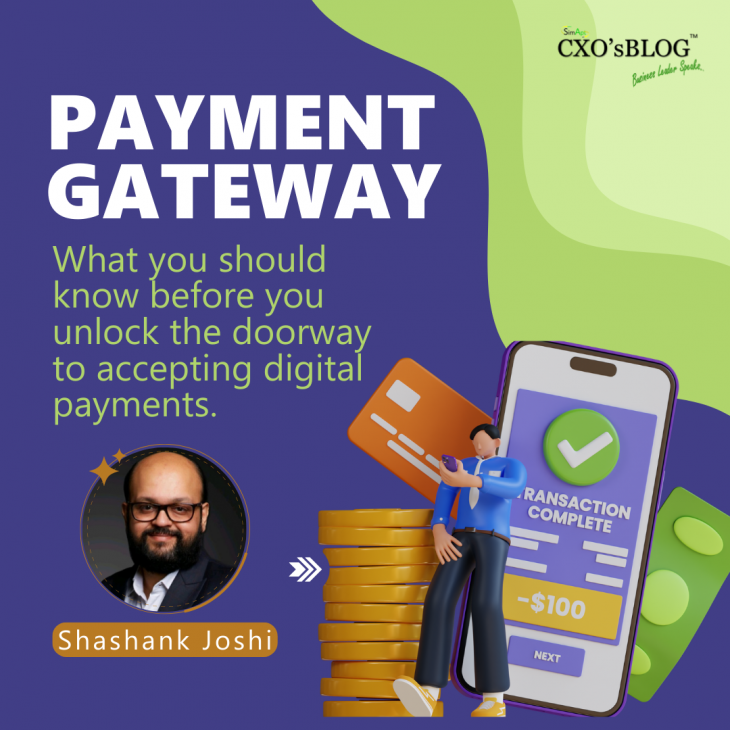Author: Shashank Joshi

After the recent pandemic, the world has realised that if a business has to stay relevant it has to transform itself to its Digital Avatar. If you stop meeting people and want to sell you need an interface to complete the commercial transaction. That interface to accept payments digitally is provided by a payment gateway.
Let’s understand the evolution of plastic money. Visa as founded in 1958 followed by JCB (Japan Commercial Bank) and MasterCard. These names are often referred to as card schemes. These companies issued plastic cards that would be accepted at the merchant location and dependency on cash was reduced. The advent of internet saw businesses going online and payment gateway was evolved as a tool to accept the payments digitally. Today there are various card schemes – Rupay, China Union pay, American Express, Discover to name a few. We are moving from a cash economy to the digital payment world.
There are several parties involved in a payment gateway transaction other than the consumer and merchant. They are the Issuing Bank, Acquiring bank, merchant processor and the card scheme. The rising popularity of the payment gateway also saw rise in fraudulent transactions. A comprehensive security standard has evolved over the years. PCI DSS – Payment Card Industry Data Security Standard 1.0 was introduced in 2004 with an objective to combat fraudulent transactions. These have evolved over the last 16 years. A payment gateway must be compliant with PCI DSS.
The digital payments are subject to Chargebacks. The risk of a chargeback was purely with the merchant. The merchants have taken a huge hit during the initial days of card payments especially the airline and the hospitality industry. This led to the evolution of Verified by Visa and MasterCard 3D secure. This is a system of 2 factor authentication where the consumer through his unique PIN (personal Identification Number) or OTP (one-time password sent to your phone or email) verifies that he is the one doing the transaction. This reduced the risk to the merchant in a big way. In India the Reserve Bank of India (RBI) has been proactive to implement the two-factor authentication (2FA).
The last 10 years has seen evolution of many methods of payment. India has built one of the best payment infrastructures in the world. Many countries see a 1-3 days delay in the payment getting reflected in your bank account. However, this can happen in less than 30 seconds in India through IMPS or UPI. There has been a rise in Mobile wallets across the world. All this has caused an evolution in the payment gateway.
The payment gateways available today are in a completely different avatar. Other than plastic cards the payment gateway can accept Mobile Wallets, UPI, IMPS, NEFT, RTGS, loyalty points etc. Any business today must be ready to accept digital forms of payment, however you should study all the nuances and risks before you deploy the payment gateway.
